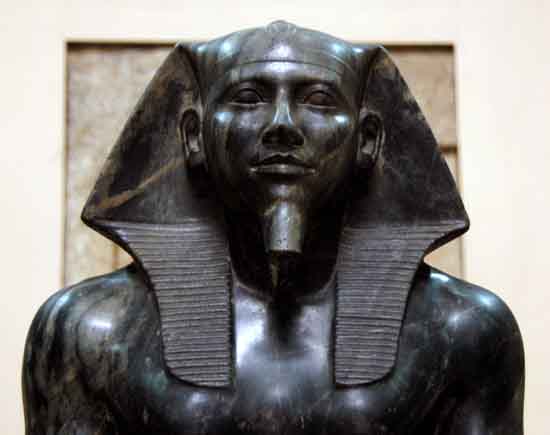Trip
its abit of a stretch
copper and sandstone
copper is very soft for one thing
A couple of points here:
Copper is very soft, but it gets much harder if you beat it for a while with a hammer.
Because copper is soft, you can press other stuff into it pretty easily - stuff like garnet, corundum or diamond sand. Natural wave action separates those out on the beach, you can easily see this by looking at the various colour banding in the beach sand. The black sand is hornblende, the white sand is quartz, the red - coloured sand is garnet, all one needs do is pick it up and use it.
While the individual grains of red sandstone are quartz with a Mohs hardness of 6.5, there are numerous small air spaces between the grains that make the effective hardness of the stone much less and make it much more workable. Red sandstone can be easily worked with mild steel.
Any stone that will polish (some - like pumice, say, will not polish) can be polished by rubbing it with another stone of the same kind. Diamonds are polished using diamond powder, for example. Granite can be polished with another piece of granite, diorite with another piece of diorite.
Tin oxide is a commonly used lapidary polish, as is alumina. Both are naturally occurring substances that are easily obtainable and simple to use (alumina is those grey clay outcrops that you see in riverbanks). A wet piece of leather covered with either of those is a very usable polishing cloth for many stones. Loose diamonds have been around for many centuries, those that are too dark or dirty to cut into gems are routinely used to cut other stones. A rough diamond crystal shard stuck into the end of a copper rod will drill through pretty much anything and the precision of the cutting is a matter of the lapidary's skill. All it takes is a taught string (like a chalk line) to draw a straight line and a decent crafts-person to cut that line to a very close tolerance. No aliens needed.


